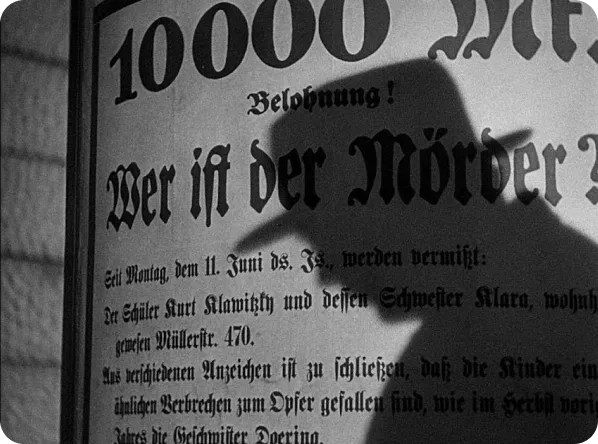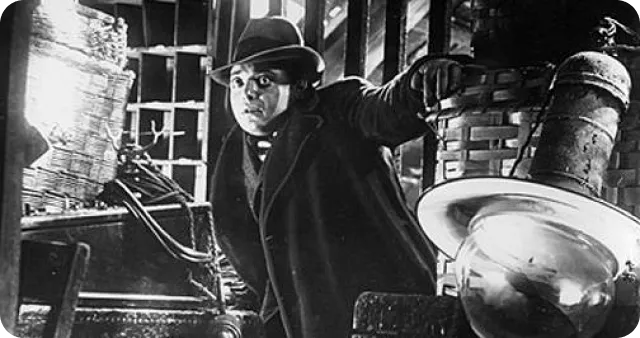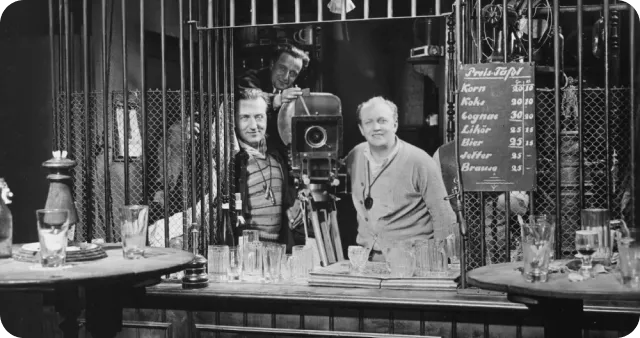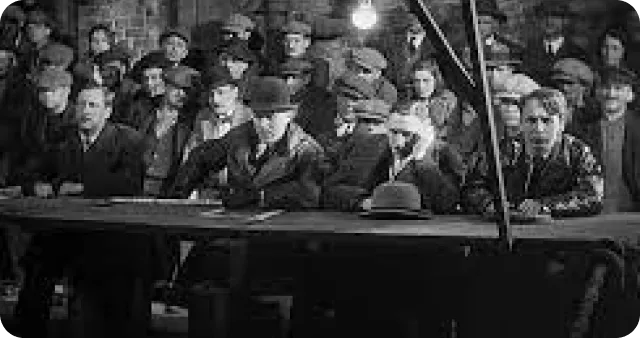M: Peer-Gynt, rolls and actors

M is a German film directed by Fritz Lang A in 1931. It is his first talking film (still in black and white).
The plot of this film is inspired by the case of Peter Kürten, in the 20's, a German serial killer and rapist from Düsseldorf, this story tells how a city will track down and how far it is willing to go to stop a pedophile and serial killer of children.
Peer-Gynt
A music comes back often in the film, it is notably whistled.
This last one is very famous and comes from the play Peer Gynt realized in 1874 by a Norwegian, Edvard Grieg.

This music is entitled "In the den of the king of the mountain" and is similar to the moment when the hero Peer Gynt, a young man in search of love and adventure.
Having fled his village, he finds himself in an environment full of gnomes, trolls and other monsters typical of Nordic mythology
Raids of the Lost Roll
At the time of Fritz Lang, the films were on reels and at its release, M measured 3208 meters for a duration of 117 minutes, unfortunately parts were lost.
This version was, moreover, censored in 1934 by the Nazis.

After the war, only 2693 meters remained, but this version was released in the cinema.
It was not until 2001 that a restored version of 108 minutes was released. We then find, a little bit apart, parts of the film and after reassembly, a definitive version of 3024 m for 105 minutes comes out but after many problems of image format.
It is finally in 2011 that a version of 111 minutes appears with the help of French copies.
Who are these actors?
M being the first talking film of Fritz Lang, he had to surround himself well to find actors who could play and express themselves at the same time.

He found actors from the theater, including Peter Lorre (the villain of the film).
This film allowed him to launch his career and, when he left the National Socialist German to the United States, he already had a reputation that allowed him to turn in many films including "The Man Who Knew Too Much" by Alfred Hitchcock in 1934.
At the end of M, during the judgement scene, Lang asked real inmates who had been released from prison for the occasion to play in his film to embody the underworld.